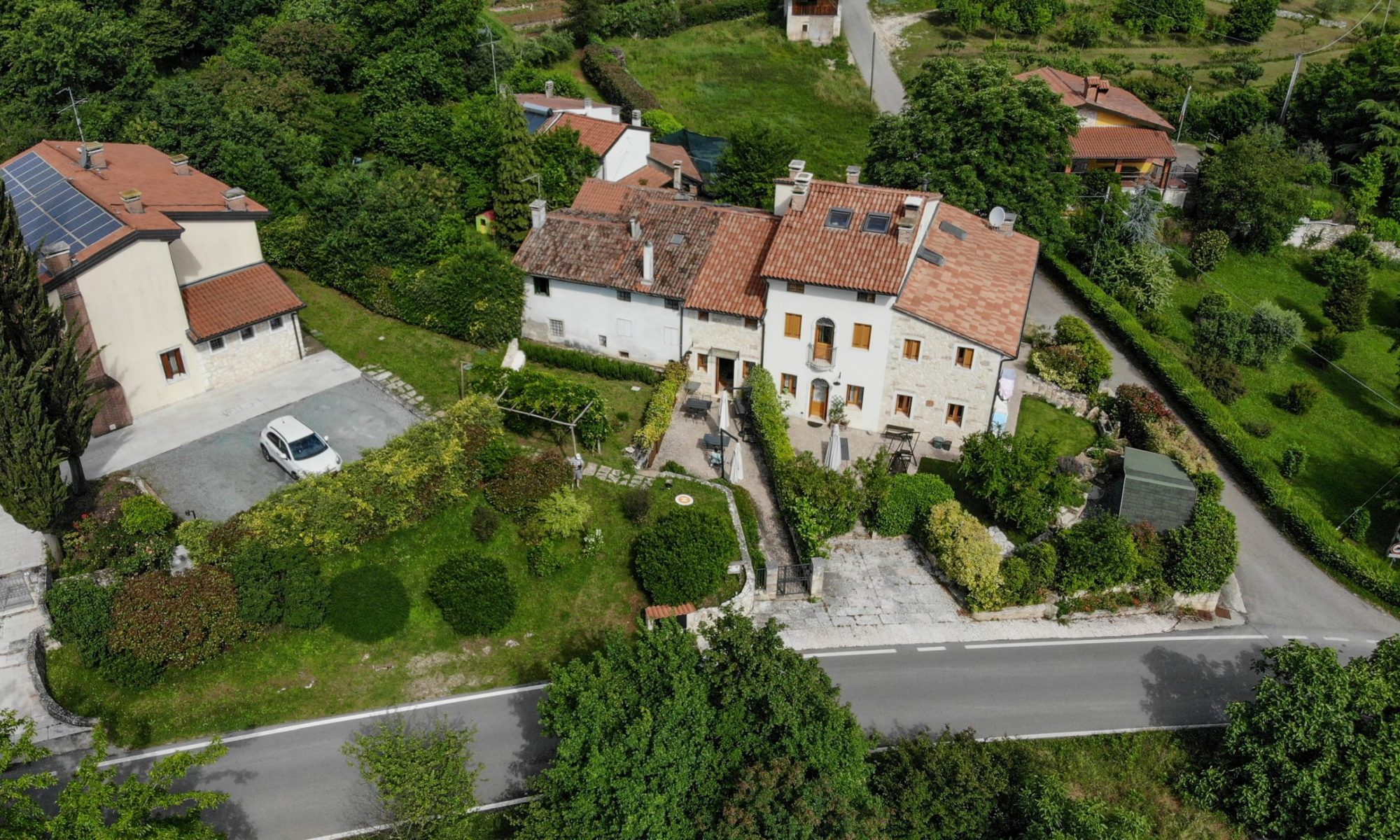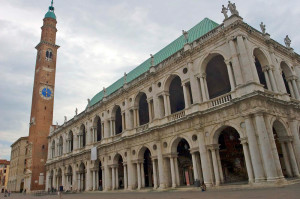Vicenza
(12 km) Strategically located in the centre of the Venetian plain, the city is equally close to the seaside and the mountains, surrounded by a range of low green hills.
Vicenza is nowadays a prosperous and lively economic centre. The city is internationally famous to be the “City of Palladio”. The majority of the buildings designed by the famous Renaissance architect are in Vicenza, including the most ancient covered theatre in the world, the Teatro Olimpico. This has made Vicenza one of the World Heritage Sites, according to UNESCO listings.’
The PalladioCard offers the possibility to discover the beauty of Palladio’s villas and palazzi at a reduced fare.
Venice
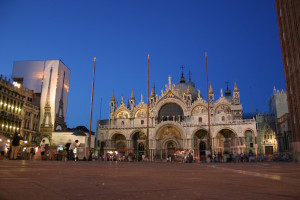
(79 km) La Serenissima, really needs no introduction. So this part would be useless if it was not true that the city is more romantic, surprising and beautiful than you could ever expect. Gondolas, masked balls during Carnival, the Grand Canal, golden mosaics in St. Mark Basilica, palaces facing streets made of water. The set of images Venice elicits in any visitor’s mind are powerful and appealing, evoking an impossible world, the illusion of a different life, between sea and sky.
Verona
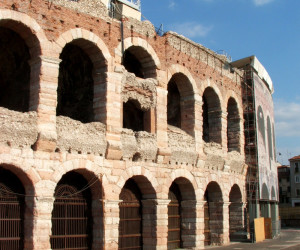
“There is no world beyond Verona’s walls”, Shakespeare sighed in Romeo’s words. Lying within a tight curve of the Adige river, not far away from the alpine passes that lead to northern Europe, Verona has always been a major commercial hub. This has made of Verona a thriving and successful town for most of its history, as well as a primary centre for art and a very lively venue for social life and shopping.
Padua
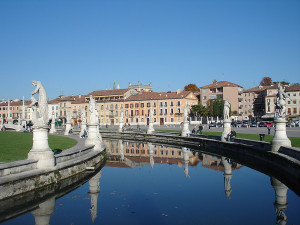
(36 km) The city, picturesque with its dense network of arcaded streets and bridges crossing the numerous branches of the river Bacchiglione, is home to one of the most ancient universities in Europe. Padua’s most famous sights are surely the medieval Scrovegni Chapel, with its frescoes by Giotto, and the Basilica of St. Anthony – simply known by the locals as Il Santo. But there’s much more to experience in Padua: starting by its narrow streets and unexpectedly wide squares packed with students and smartly-dressed professionals during the aperitivo time… Padua is definitely worth a visit.
Bassano del Grappa, Marostica, Montagnana
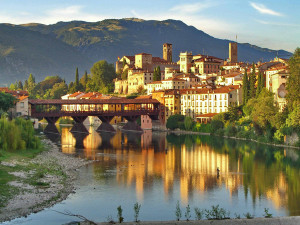
If you are looking for a more laid back experience and escape the crowds, you should definitely explore these typical minor towns of Veneto region. Somehow unusual destinations for non-italian tourists, they all enclose peculiar reasons for a visit: Bassano’s grappa spirit production, the long medieval walls surrounding Montagnana and the “living” chess game in Marostica.
